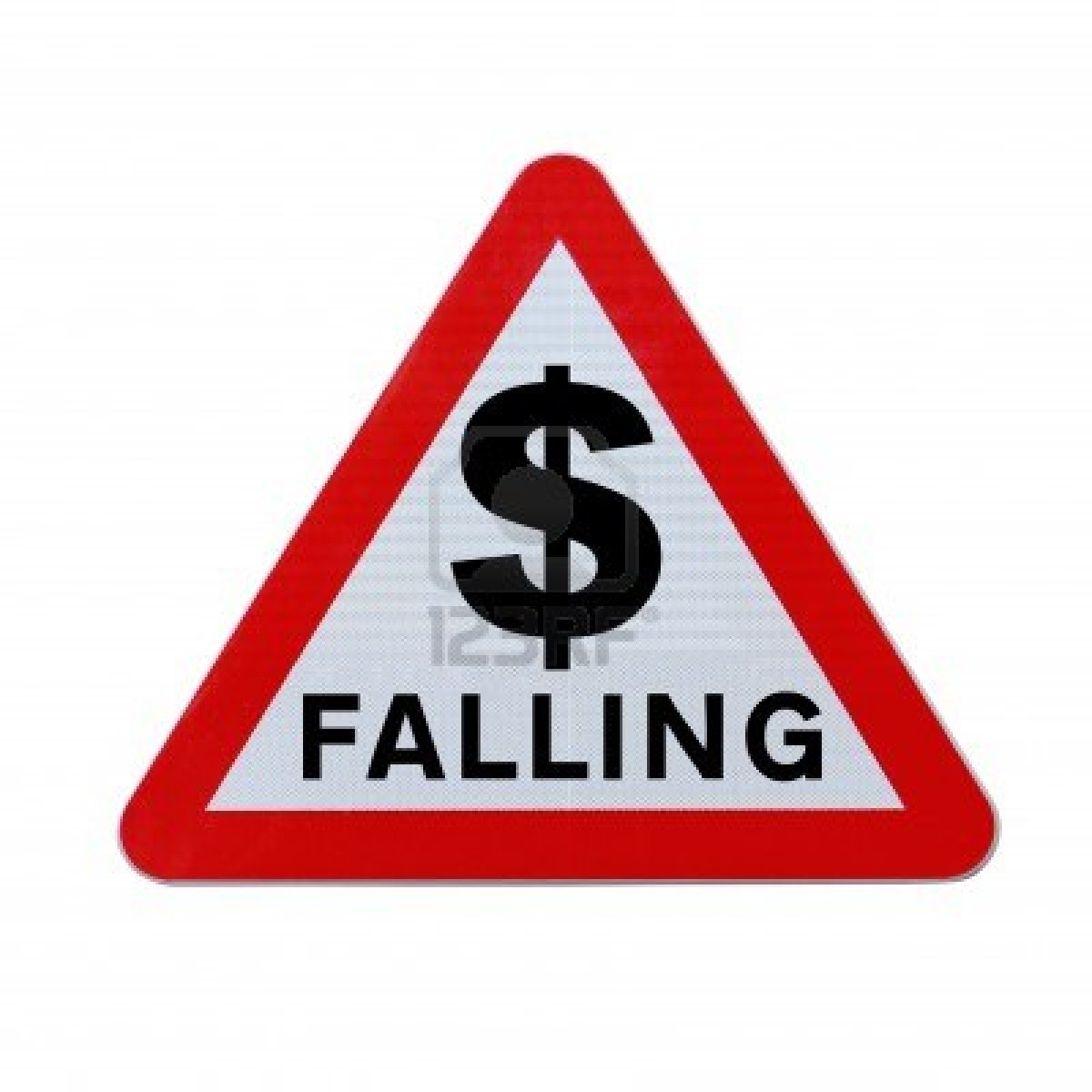
From Bloomie:
NAB lowers AUD forecasts after recent projection that RBA will cut key rate at least once more, to 2.25%.
- NAB lowered end-2014 AUD forecast to 80 cents from 83 seen earlier as Fed policies seen driving USD strength/AUD weakness
- NAB also sees Aussie underperforming on EUR, GBP and other crosses as Australia’s terms of trade decline and Europe’s economy rebounds
It’s been interesting to watch the evolution of NAB research. Two years ago they were permabulls. These days they are giving Bill Evans a run for his bearish money. It has been a great improvement.
ANZ remains a fairly bullish forecaster. CBA pops the happy pills. HSBC tends that way too and, by coincidence, is out today predicting 90 cents forever now:
AUD: ~0.90 the new normal
The AUD, which was trading at around 1.05 at the beginning of April, fell to just below 0.90 prior to the 6 August RBA meeting. Nevertheless, the Central bank committee still suggested that the currency was too high for them to be comfortable.The RBA cut its cash rate at 6 August meeting by 25bp to 2.50%, as was expected. However, the statement was less dovish than previous ones, as it did not explicitly indicate that the inflation outlook provided ‘scope’ for further easing from here, as previous statements had done.
Markets are currently pricing in a further cut this year. While this is possible, we are of the view that this cut is the last for this easing phase, as the lower AUD is doing a lot of the work. Moreover, Australia house prices rose by much more than expected supporting the view that rates are unlikely to be cut further. As a result, we expect AUD to stay weak, albeit, probably not as weak as the RBA would want.
House prices have picked up
Australia house prices rose 5.1 % in Q2 from a year earlier, the highest increase in more than 3 years (see chart 1). The RBA has not expressed a major concern regarding rising house prices so far, but the data shows that the housing market is responding to the actions of the RBA. In addition home loans are also accelerating. This may mean that any further weakening of economic growth or employment weakness with rising house pricescould signal that RBA will continue to use the currency channel for rebalancing the economy rather than the interest rate channel.Also, the country is now facing a federal election in early September. We think this is another reason why the RBA will be reluctant to take any action during its September meeting.
Upcoming federal election
The long-awaited federal election will take place on 7 September. We expect that the result of the election will help to boost business confidence, which has been trending downwards. This may be because businesses have been holding back their investment until the new administration establishes its policy direction.The next RBA meeting is on 3 September, and it seems highly unlikely that the RBA would cut rates four days before the election – meaning the next likely opportunity is October or November.
Between now and October/November the local Federal election and other significant global developments may have a bearing on the AUD in particular. For this reason we think the majority of the AUD sell-off may be behind us.
My position is simple. Because the current flush of house price rises won’t translate into higher spending, the economy will not recover until the dollar falls well below 80 cents for an enduring period.

